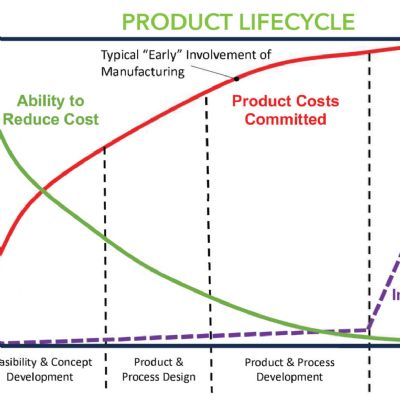 Irv Blackman
Irv BlackmanThe Five Biggest Estate-Planning Mistakes that Enrich the IRS Instead of Your Family
April 1, 2012Comments
Mistakes in estate plans can cause tax dollars to be lost to the IRS, automatically reducing your children’s inheritance. Recently, I reviewed the estate plan of a well-to-do reader (Joe, age 65) with a net worth of $20.8 million. The plan, unfortunately, included all of the five biggest mistakes described here.
Mistake #1—Not creating the right succession plan
Joe owns 100 percent of Success Co. (an S corporation), which is run by his son Sam. The company is worth $9.7 million, grows 5 to 10 percent in revenue almost every year, and profits increase accordingly. Joe’s original plan left Success Co. to his wife (Mary, age 64) and, after her death, to Sam. This is a mistake, because the potential estate-tax liability grows along with the increasing value of Success Co.
Now is the time to transfer Success Co. to Sam. Joe should recapitalize Success Co. (create voting stock (say 100 shares) and nonvoting stock (say 10,000 shares)—a tax-free transaction. Joe keeps the voting shares and absolute control for as long as he lives. Under the tax law, the nonvoting shares are entitled to a deep discount of 40 percent, so for tax purposes these shares are worth only $5.82 million.
Next, Joe should transfer (sell) the nonvoting shares to an intentionally defective trust (IDT) for $5.82 million, taking an interest-bearing note as payment. According to tax law, the entire IDT transaction is tax-free to Joe—neither capital-gains tax nor income tax on the interest to be received while the note is being paid. Even better, Sam does not pay even one penny for the stock. Instead, the cash flow of Success Co. (via S corporation dividends to the IDT) is used to pay the note, plus interest. When the note is paid in full, Sam–as the trust beneficiary–receives the nonvoting stock, tax-free.
Mistake #2—Not avoiding the double tax on qualified plans and IRAs
Between Joe and Mary, they have $1.9 million in the Success Co. 401(k) plan and various IRAs. Left alone, these funds will be clobbered with a double tax (income and estate tax). Using 2013 tax rates, the IRS winds up with 70 percent of these plan funds and the family a paltry 30 percent.
To avoid this mistake, Joe should use a strategy called retirement-plan rescue (RPR) and purchase $5 million of second-to-die life insurance on himself and Mary. The policy should be purchased and owned by an irrevocable life-insurance trust (ILIT). The beneficiaries of the ILIT are Joe and Mary’s three nonbusiness children (Sue, Sy and Sid), treated equal to Sam. Because of the ILIT, Sue, Sy and Sid will receive every penny of the $5 million tax-free.
Without the new plan, the kids would receive only $570,000 (30 percent of $1.9 million).







 Podcast
Podcast
 Webinar
Webinar